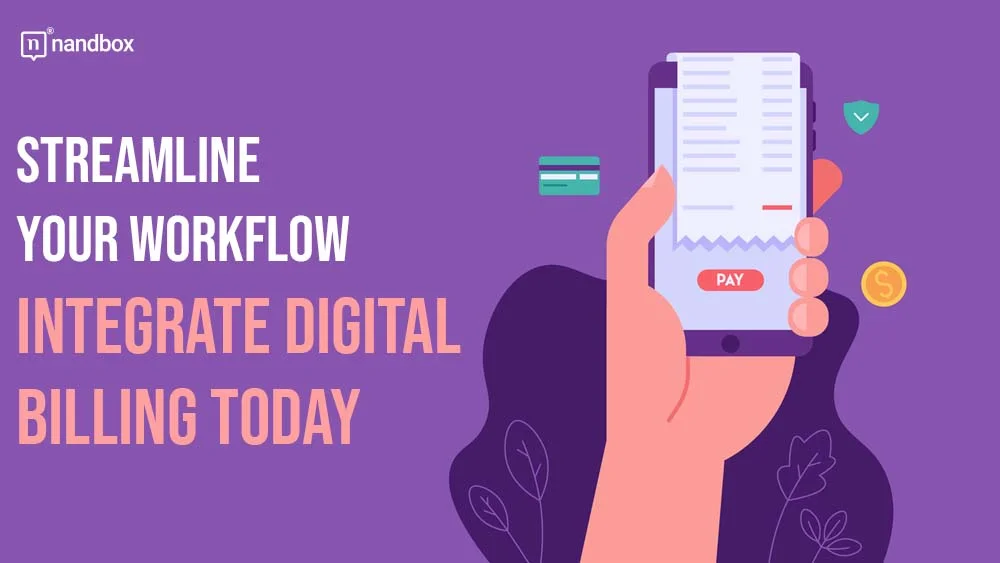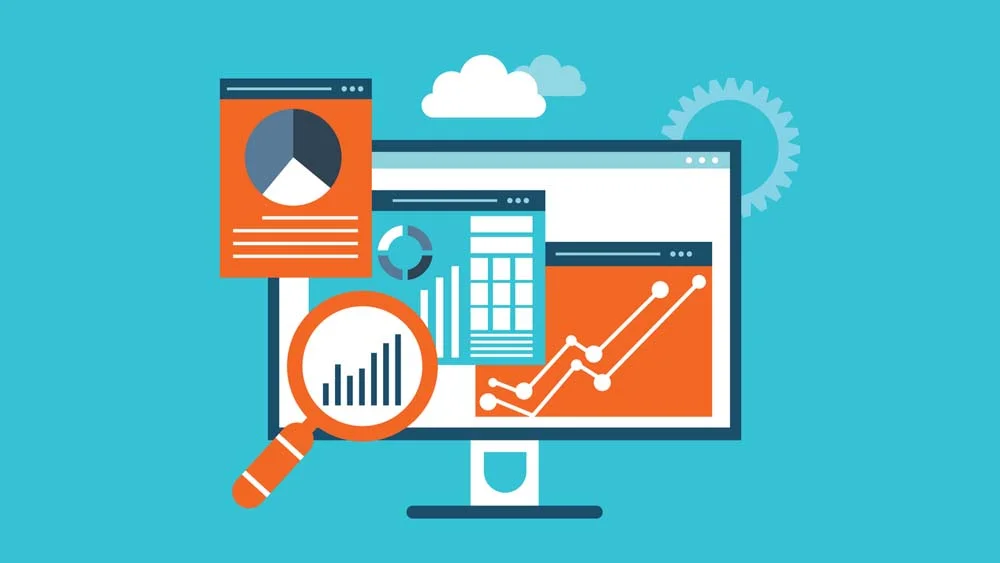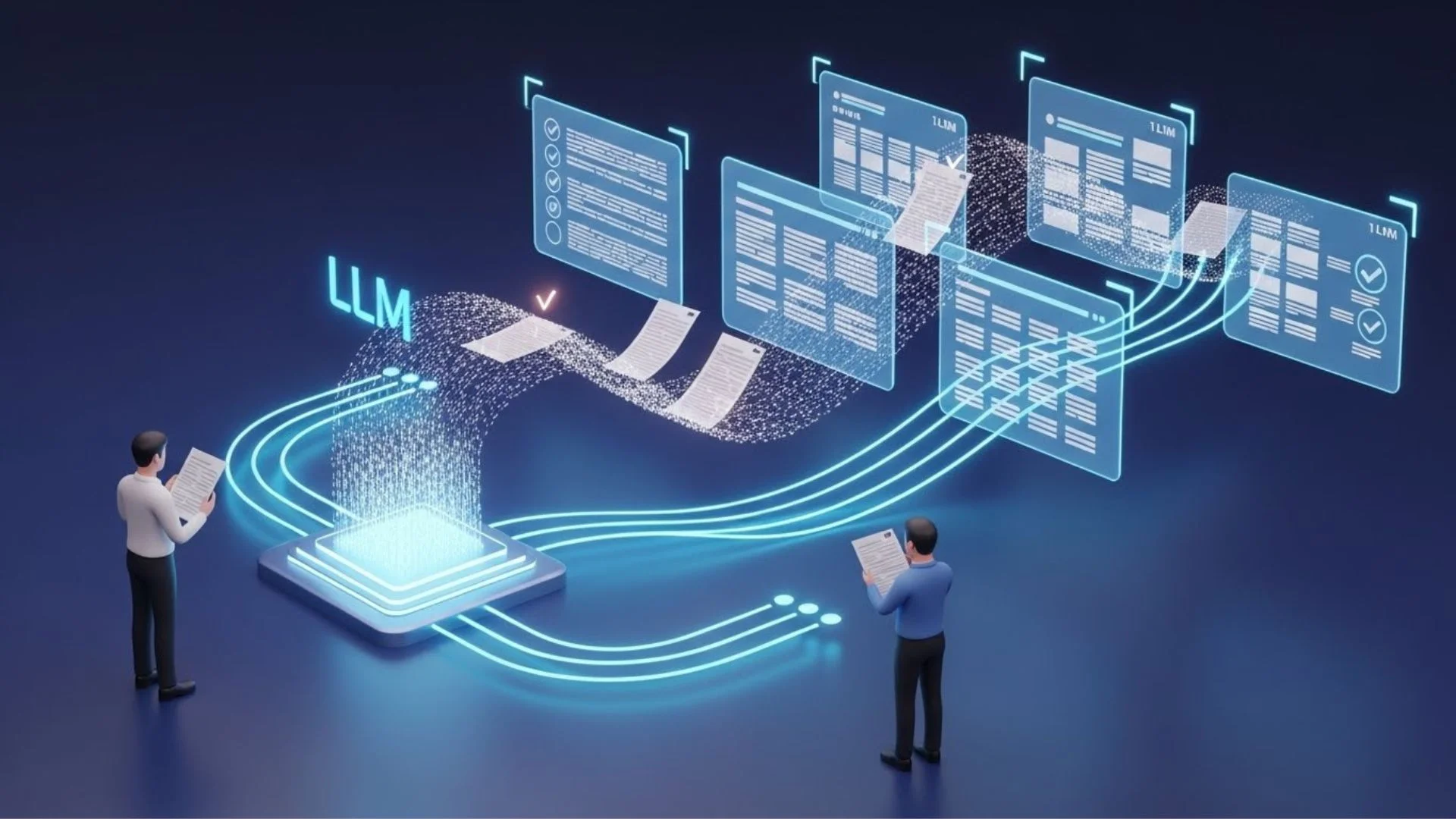Today, integrating digital billing into your workflow is a strategic move that can enhance operational agility and improve financial accuracy. Especially if you’re looking to incorporate event-based billing, transitioning to a digital system can significantly streamline invoicing processes, reduce errors, and speed up revenue collection.
Here’s how to successfully implement digital billing in your business operations, ensuring a seamless transition and optimal performance.
Evaluating Your Existing Billing Processes
The first step towards integrating digital billing is to evaluate your current billing processes thoroughly. Identify what’s working and pinpoint areas that could benefit from automation and digitization.
Consider aspects such as the time it takes to issue invoices, how quickly payments are processed, and the frequency of billing errors. Understanding these areas will help you determine the functionalities you need from a digital billing system to address your business’s unique challenges.
Selecting the Right Digital Billing Platform
When choosing a digital billing platform, selecting one that aligns perfectly with your business needs is crucial. For those implementing event-based billing, the platform should be capable of handling complex billing triggers and automating invoicing based on user actions or specific events.
Look for features that offer flexibility in billing cycles, support for various payment methods, and robust compliance with financial regulations. Additionally, ensure that the platform can integrate smoothly with your existing CRM, ERP, and accounting systems to facilitate a unified workflow.
Preparing Your Team for Digital Adoption
Transitioning to a new billing system can significantly change your team, particularly if they are used to manual processes. Invest in comprehensive training programs that cover the new system’s functionalities and benefits to ensure a smooth transition. Highlight how digital billing will simplify their work and improve accuracy.
Encourage open communication, allowing team members to express concerns and ask questions. This eases the transition and ensures that everyone is on board and committed to the new system.
Integrate digital billing: Integrating Digital Billing into Your Workflow
Integrating digital billing into your existing workflows should be approached with careful planning and testing. Start by mapping out how data flows between systems and identifying potential bottlenecks or integration challenges.
It may be beneficial to run a pilot program with a small segment of your customer base to see how well the digital billing system performs under real conditions. Use feedback from this pilot phase to make adjustments before rolling out the system across your entire organization.
Integrate Digital Billing: Monitoring and Optimizing Billing Processes
With your digital billing system in place, continuous monitoring is crucial to ensure it meets your business’s needs effectively. Whether you use a free invoice generator or a custom billing solution, track key performance indicators such as the time to invoice, error rates in billing, and customer satisfaction with the billing process.
Regularly review these metrics and seek feedback from your clients and staff about their experiences with the new system. Use this information to tweak and optimize your billing processes continually.
This proactive approach will help you maintain a billing system that meets current requirements and adapts to future changes in your business environment.
Leveraging Data for Strategic Insights
Digital billing systems often come with powerful analytics capabilities that can provide valuable insights into your business operations. Use these tools to analyze payment patterns, identify seasonal trends, and assess the efficiency of your billing operations.
These insights can help you make informed decisions about pricing strategies, cash flow management, and customer service improvements. By effectively leveraging billing data, you can enhance strategic planning and better align your billing practices with broader business goals.
nandbox App Builder
Because it makes it possible for companies to easily include digital billing into their processes, nandbox App Builder is essential for managing digital transformation. Businesses may streamline financial operations by developing custom mobile apps using nandbox that include automated billing, invoicing, and payment functions. nandbox assists businesses in increasing billing accuracy and efficiency by doing away with manual procedures and minimizing human error. Businesses can swiftly adopt digital billing solutions thanks to the platform’s user-friendly, no-code interface, which makes cash flow improvement and financial management simpler than ever.
Conclusion: Achieving Business Growth Through Digital Billing
Integrating digital billing into your business workflow is more than a technological upgrade. It’s a strategic enhancement that can lead to significant business growth. By choosing the right platform, preparing your team for change, and continuously optimizing your processes. You can achieve a seamless transition to digital billing.
This integration stratifies your invoicing and payment processes and provides strategic insights that can drive business decisions.
As you move forward, remember that the goal of digital billing is not just to keep up with technological advancements but to leverage these tools to create more efficient, accurate, and responsive billing practices that can scale with your business.




